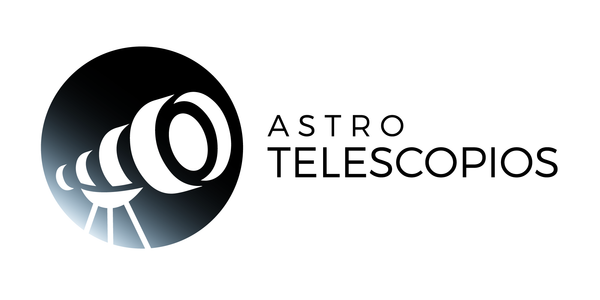
Refractor Vs Reflector Telescope
When buying a telescope for the first time, some doubts arise, for example, What is the difference between a refracting telescope and a reflector? Why does the price change so much from one to another? These are just some of the questions that a beginner observer can ask themselves and they are the most frequent ones we receive, since in our store we have telescopes of different types and at first it is difficult to differentiate them.
Before starting the comparison between a refractor telescope and a reflector , it is important to know what a refractor and a reflector are.
A refracting telescope is a type of telescope that uses lenses to collect and focus light, producing a sharp, clear image. The optical design of the refractor provides high-quality images, with little or no chromatic aberration defects, making it ideal for observing planets, double stars and terrestrial objects. Refractors are also easy to maintain and do not require much maintenance. However, refractors have a limited aperture and tend to be more expensive than other types of telescopes with a similar aperture.
A reflecting telescope is a type of telescope that uses a mirror to collect and focus light, producing a sharp, clear image. The reflector's optical design provides a larger aperture than refractors at a lower cost, making it ideal for observing faint objects in the sky, such as nebulae and galaxies, and for astrophotography. However, reflectors may require more maintenance than refractors, as the mirror needs to be realigned periodically. Reflectors can also have chromatic aberration problems, although this can be corrected by using parabolic mirrors or by combining the reflector with a corrective lens.
Refractor Vs reflector with the same or similar aperture
To make the most accurate comparison possible we will use an 80mm refractor telescope and a 72mm reflector , keep in mind that the main difference between an 80mm refractor and a 76mm reflector is the optical design used to collect and focus. the light.
The 80mm refractor uses lenses to collect light and produce an image, while the 76mm reflector uses a mirror to reflect light and produce an image. Because of this difference in optical design, each type of telescope has advantages and disadvantages.
The 80mm refractor is typically more compact and portable than the 76mm reflector, making it easier to transport and store. In addition, the refractors produce very sharp and contrasted images, ideal for observing planets, double stars and terrestrial objects. However, refractors typically have a limited aperture, which can affect their ability to collect light and see faint objects in the sky.
On the other hand, 76mm reflectors are larger and cheaper than refractors, and are typically better for observing faint objects in the sky, such as nebulae and galaxies, and astrophotography. However, reflectors require a little more maintenance than refractors, as the mirror needs to be periodically realigned to maintain image quality.
In summary, 80mm refractors are ideal for observing planets, double stars, and terrestrial objects, while 76mm reflectors are better for observing faint objects in the sky. The choice of telescope will depend on the needs and preferences of the observer.
